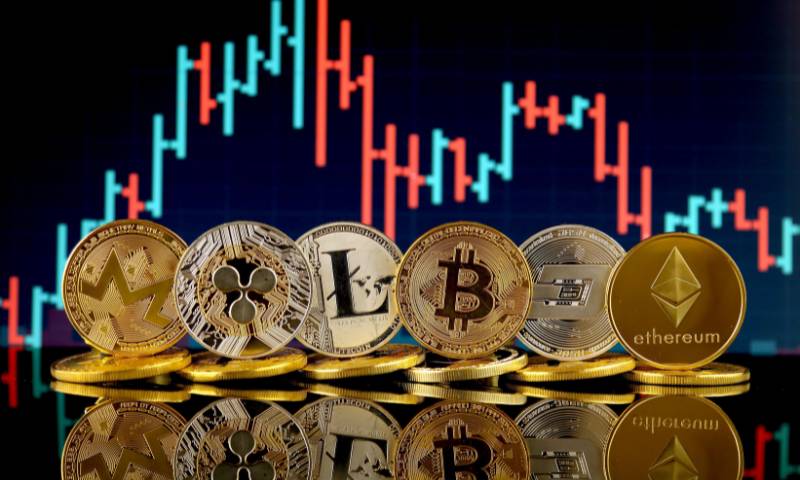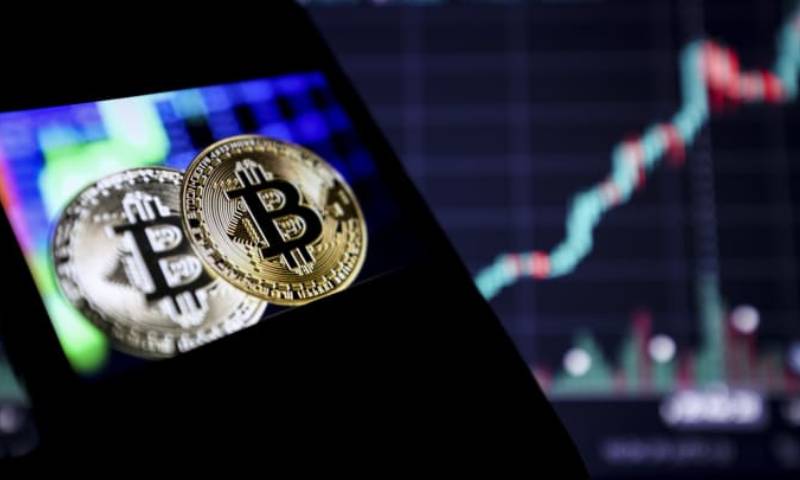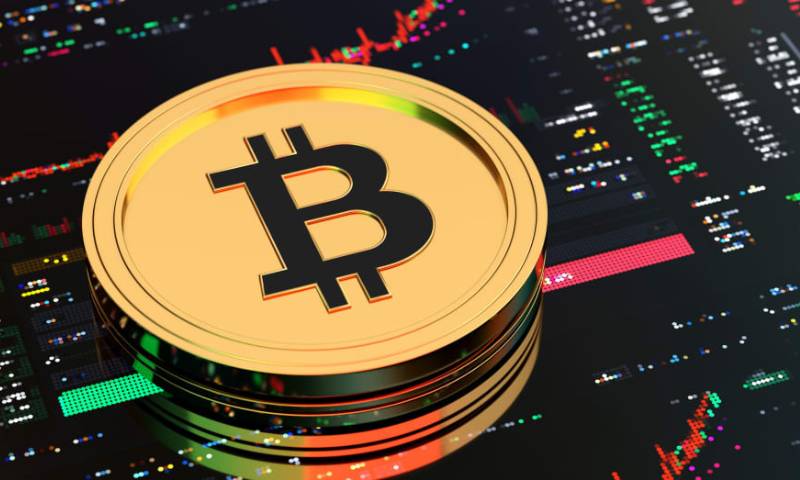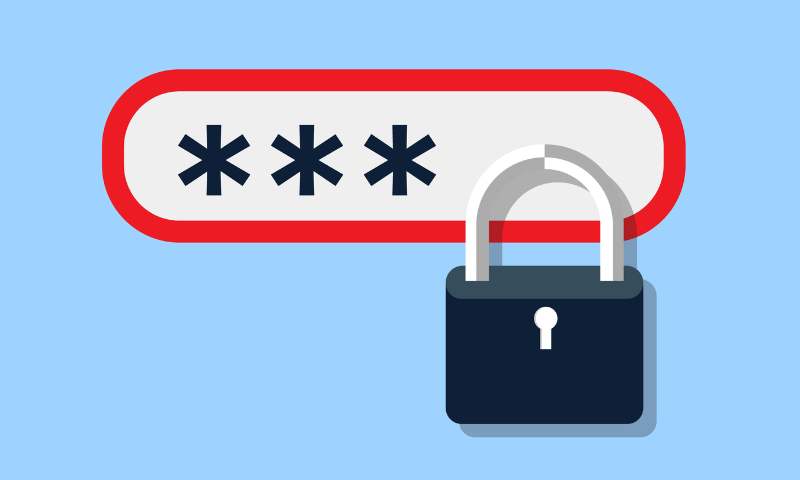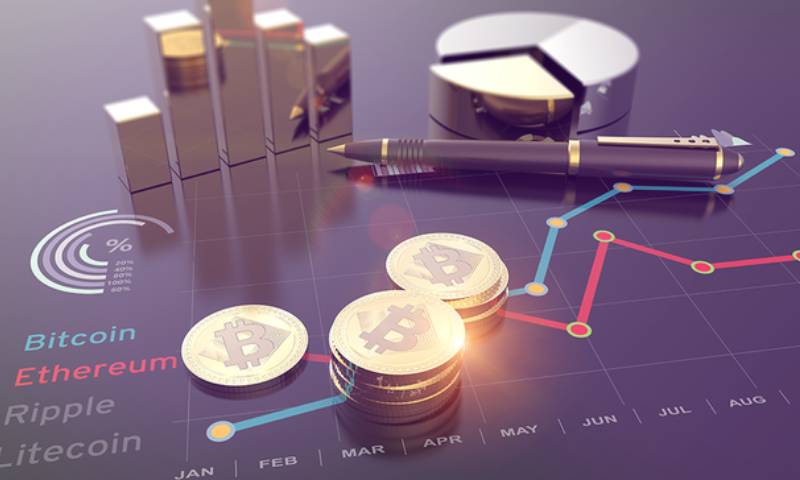Diving into the crypto world can seem like a wild ride. You ride the highs and lows, but it’s not all random—if you know what to look for. That’s where Basic technical analysis for cryptocurrencies comes in. It’s how you can spot trends and patterns that can tell you what might happen next. Think of it as your crypto compass. In this post, I’ll guide you through the essentials, from reading charts like a pro to using advanced tools. Ready to take control of your trades? Let’s jump in.
Understanding the Basics of Crypto Chart Analysis
Introduction to Candlestick Patterns and Their Significance
Have you ever seen a crypto chart full of green and red bars? Those are candlestick patterns, and they tell the story of price wars between buyers and sellers. Each bar shows opening and closing prices, plus highs and lows. This gives us clues about market mood. If we see a lot of green bars growing like a garden, buyers are in charge! But if it looks like a red forest on fire, sellers have the upper hand. By learning candlestick patterns, we can guess where the price might go next.
Deciphering Support and Resistance Levels in Crypto Markets
Now, if we talk about playing games, support and resistance are like the floor and the ceiling in a game of crypto limbo. Support is the floor; it’s the price point where a crypto just doesn’t seem to fall below because it has lots of friends, or buyers, who swoop in to ‘support’ it. Resistance is the opposite – it’s the ceiling. It’s where the price struggles to break through because sellers start to think, “Hey, it’s a good time to take my money and run!” Spotting these levels is like spying the battle lines in a tournament, helping us to make smart plays. We use trend lines to draw these levels on the chart, creating our game plan.
By understanding chart indicators like those pesky candlestick patterns, we set ourselves up for success in the arena of crypto trading. It’s like putting on our gear before heading into battle – we need to know the lay of the land, where our support and resistance are, to fight the good fight and hopefully, win big. From moving averages that act like swinging ropes showing us the way to RSI and MACD which are like our secret code breakers, getting these basic tools under our belt is the key to unlocking potential treasure chests in the market!
Each click, each trade is a new move in this high-stakes game of digital currency. And remember, while the thrill of the chase is enticing, never, ever gamble more than you can afford to lose. Because in the end, even the sharpest sword of knowledge in technical analysis cannot promise a future written in the stars. But it might just give you a glance at the map where ‘X’ marks a spot of golden possibility.
Delving Deeper: Indicators and Oscillators
Moving Averages and Their Impact on Crypto Trading Decisions
In crypto, moving averages (MAs) smooth out price data. They show the price trend over a set time. MAs can be simple or exponential. Simple MAs add up prices over a period and then divide by that period. This gives us an average price. Exponential MAs also give weight to newest prices. They react faster to price changes.
So, why care about MAs? Well, they help spot trends. A rising MA suggests an uptrend. A falling MA means a downtrend. Traders often watch the ‘golden cross’ and ‘death cross’. These are when a short-term MA crosses over a longer-term one. A golden cross hints at a bullish market. A death cross warns of a bearish market.
Comprehending RSI and MACD for Enhanced Trading Strategies
Now, let’s tackle RSI and MACD. RSI stands for Relative Strength Index. It measures if crypto is overbought or oversold. Over 70 means overbought. Under 30 means oversold. This can signal a trend change.
MACD is the Moving Average Convergence Divergence. It shows the relation between two moving averages. When the MACD crosses above its signal line, it’s a buying sign. If it crosses below, that’s a selling sign. MACD helps see where the trend might go.
In short, these tools help traders make smarter moves. They look for signs to buy or sell. With practice, they get better at reading these signs. That’s how they aim for winning trades in the wild crypto markets.
Advanced Technical Tools for Crypto Analysis
Harnessing the Power of Fibonacci Retracement and Ichimoku Cloud
Let’s take a dive into the Fibonacci retracement tool. How can it help in crypto trading? It helps us pinpoint where the price might turn. You pull the tool over a high and low price. It shows levels where the price might stop and reverse. These levels are key support and resistance zones.
The beauty of Fibonacci is its accuracy. It’s like a roadmap, displaying the potential stops and starts of price moves. The most common levels are 23.6%, 38.2%, and 61.8%. Traders watch these spots closely. They brace for a pause or a change in direction.
Now, let’s unpack the Ichimoku Cloud. Can it give us clues about the market trend in crypto? Yes, it can! It’s a bit complex, but don’t worry. Think of it like the ultimate package in trend forecasting. The cloud, or ‘Kumo’, can show you if a trend is strong or weak. Above the cloud, bulls rule; below it, bears prowl.
For the Ichimoku setup, you’ll see five lines. Each one adds to the story of where the price could go. The trick is to read these lines together. They can signal when to buy or sell. They are also great at showing support and resistance just like Fibonacci. So by watching the cloud and the lines, you can spot trends both old and new.
Applying Heikin Ashi Technique for Smoother Price Action
Now, let’s talk about Heikin Ashi. What does it do? It makes the price action smoother. This means we can see the trend easier. Candles on a Heikin Ashi chart look different. They help us to ignore the noise in the market. This can keep us from making quick, mistaken moves.
Heikin Ashi takes the average, so each candle relies on the one before it. This creates a more blended view of the price. Red candles mean bearish, green means bullish. But these candles focus more on the flow than the exact price. So they’re super when you’re trying to figure out the main trend.
When you see a string of green candles with no lower shadows, get ready! The bulls are charging. But if you get a clutch of red candles with no upper shadows, bears are in charge. Don’t forget to check the size of the candles. Bigger candles mean stronger momentum.
By mixing Fibonacci, Ichimoku, and Heikin Ashi, you get a killer set for your crypto toolkit. With Fibonacci, you get the potential turn points. The Ichimoku Cloud offers trend direction plus strength. Heikin Ashi delivers the smoothed-out, easy-to-follow action. Together, they give a clear shot to understand the wild swings of digital currency trends.
Strategy Application and Risk Management in Crypto Trading
Establishing Effective Stop-Loss Strategies to Mitigate Risks
When you trade crypto, you must manage risk. One method is using a stop-loss. A stop-loss is an order you set on your trade to sell crypto if the price drops to a certain level. This helps you cut losses.
To use a stop-loss, first find out where to set it. Look at the coin’s recent low points. Put your stop-loss just below these levels. This lets your trade run if the price dips slightly, but not too much.
While setting a stop-loss seems straightforward, it’s a skill. You need to balance between too tight and too loose. If it’s too tight, you may sell too soon. If it’s too loose, you may lose more than needed.
Now, think about how much you’re willing to lose on a trade. This number helps set your stop-loss. For example, let’s say you can handle a 5% loss. You might set your stop-loss to sell if the price drops 5% from your buy point.
Deciding on the right place for your stop-loss takes time and practice. Keep at it. It’s a key part of crypto trading.
Swing Trading vs. Day Trading: Identifying Suitable Approaches for Beginners
Day trading means you buy and sell on the same day. Swing trading is holding for a few days or weeks. Both methods need different skills.
Think about how much time you have. Can you watch the market all day? Then day trading may suit you. Do you have less time? Swing trading might be better. It lets you take a slower pace and plan more.
Day trading needs fast thinking and quick actions. You look for small price moves and act fast to profit from them.
Swing trading is less intense. You look for bigger trends and ride them for several days. You’ll use trend lines and moving averages more in swing trading. These tools help you spot the trends and predict where they’re going.
Both trading styles need patience and a cool head. The market can be wild. Sticking to your plan is key.
For beginners, swing trading might be a good start. You have more time to think and make decisions. As you get better, you might try day trading.
No matter your choice, practice is important. Use fake money with a practice account first. Learn from your mistakes before you risk real money.
Now, some folks say swing trading is less risky than day trading. That can be true. With more time to think, you might make wiser choices. But remember, all trading is risky. There’s no sure thing in crypto markets.
In short, using stop-loss orders can protect your money in both trading styles. Know how much you’re willing to lose before you start. And choose between day or swing trading by looking at your time and style. Stay patient and stick to your plan, and you’ll do better over time.
We’ve covered a lot today, from the basics of crypto chart analysis to some advanced tools. We started with candlestick patterns and why they matter in understanding market sentiment. Then, we tackled support and resistance levels to spot where prices could change direction.
Next, we dug into key indicators like moving averages, RSI, and MACD. These can guide your trading choices by showing market trends and momentum. Our journey went further into Fibonacci retracement and Ichimoku Cloud for deeper market insights, along with the Heikin Ashi technique for a clearer view of price action.
At the end, we focused on how to apply these strategies and manage risks. You learned about setting stop-loss points to protect your funds and the differences between swing and day trading, which is essential for beginners to figure out their best path.
Remember, knowledge is power, especially in the fast-paced world of crypto trading. Keep learning, stay disciplined, and manage your risks wisely. With these tools and strategies, you’re now better equipped to navigate the crypto markets. Happy trading!
Q&A :
What is basic technical analysis in the context of cryptocurrencies?
Technical analysis (TA) refers to the study of market action, primarily through the use of charts, for the purpose of forecasting future price trends in cryptocurrencies. TA involves analyzing statistical trends gathered from trading activity such as price movement and volume.
How does one perform technical analysis on cryptocurrency markets?
To perform technical analysis on cryptocurrency markets, one should start by learning to read price charts, identifying patterns, understanding volume and its significance, and familiarizing themselves with technical indicators such as moving averages, Relative Strength Index (RSI), and Bollinger Bands. Traders use these tools to assess potential trends and make predictions about future market movements.
What are some common patterns and indicators used in crypto technical analysis?
Crypto technical analysis often involves looking for chart patterns like head and shoulders, triangles, flags, and wedges along with indicators including Moving Averages, MACD (Moving Average Convergence Divergence), RSI (Relative Strength Index), and the Fibonacci retracement tool. These patterns and indicators can suggest trend reversals, continuations, or breakout points.
Can basic technical analysis predict the price of cryptocurrencies accurately?
While basic technical analysis can provide insights and potential trends based on historical price data, it cannot predict cryptocurrency prices with absolute accuracy. Market conditions, sentiment, and unexpected events can highly influence the volatile crypto markets, leading to outcomes that possibly defy technical analysis predictions.
Is it necessary to use technical analysis when trading cryptocurrencies?
While not necessary, technical analysis can be a valuable component of a trader’s strategy when trading cryptocurrencies. It can help traders make more informed decisions by providing potential signals for market entry and exit points. However, traders often use it in conjunction with fundamental analysis and other market analysis techniques to bolster their trading strategy.

